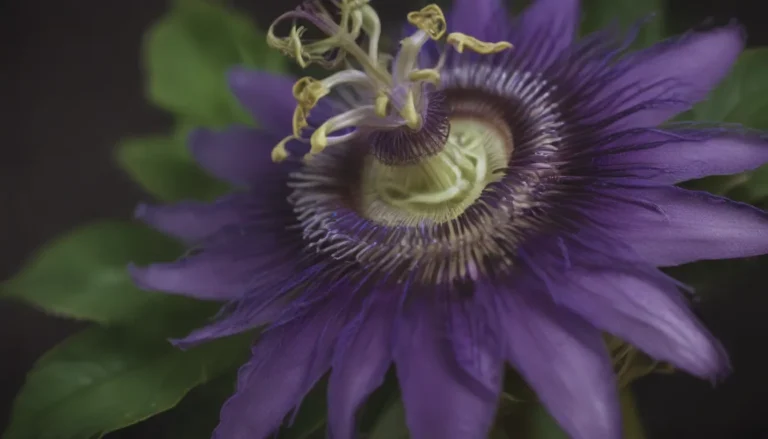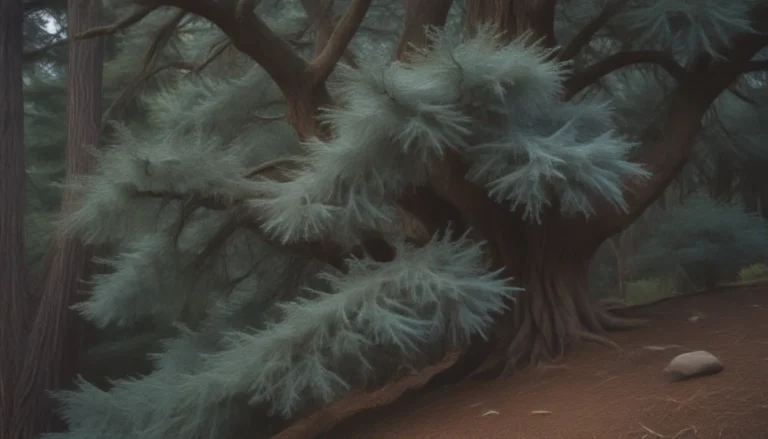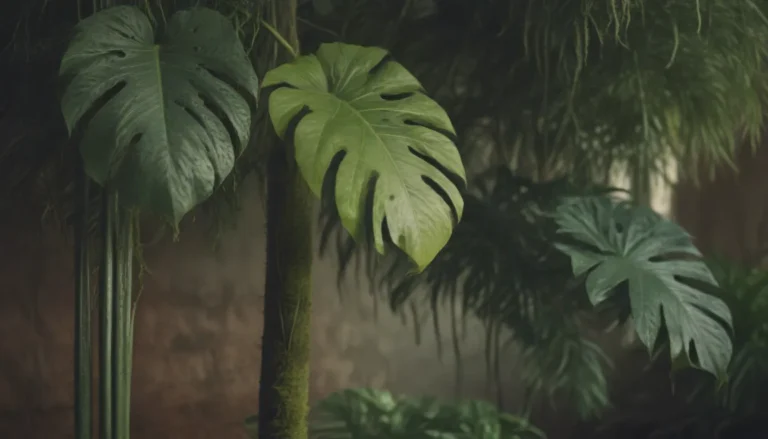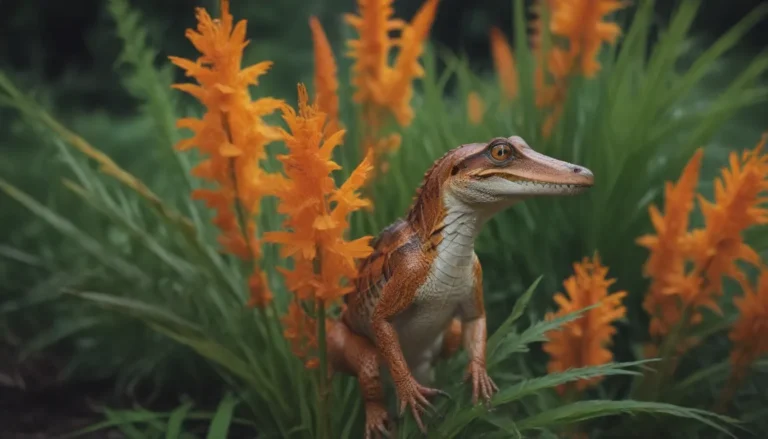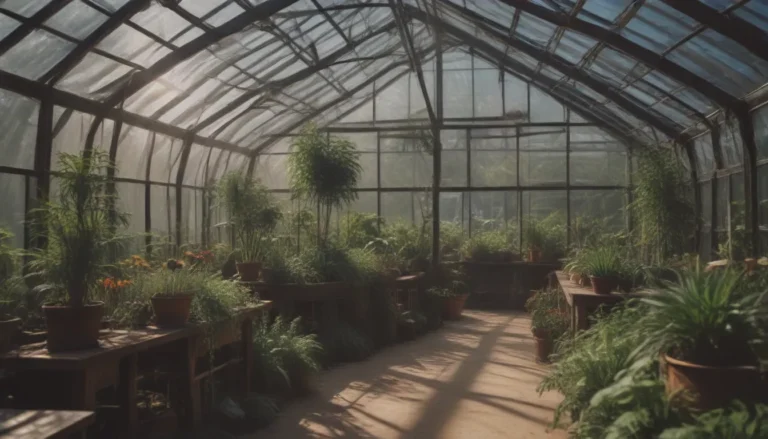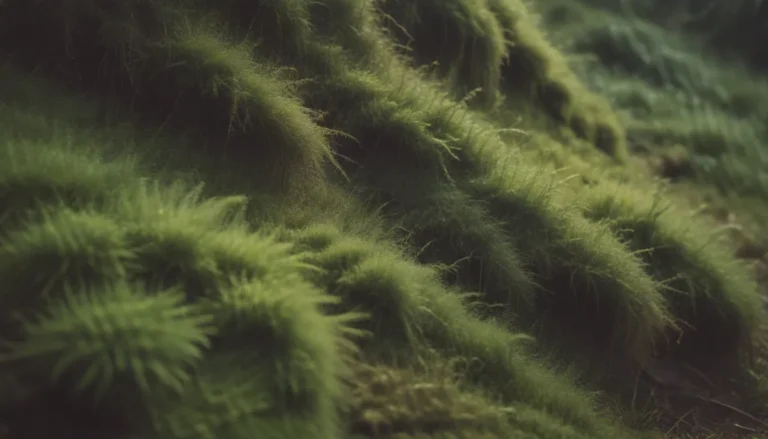Understanding Peat Moss: A Gardener’s Guide

Peat moss, a dark-brown fibrous material, is a soil amendment that has been used for centuries as a planting medium. While it is widely used in gardening and for potted plants, there are some important things to consider when using peat moss in your garden.
What Is Peat Moss?
Peat moss is harvested from peat bogs, which are found in wetland areas, particularly in Canada. These bogs are formed over thousands of years as organic materials decompose. Peat moss is made from layers of decomposing organic materials, one of which is sphagnum moss. This unique environment in peat bogs slows down the decomposition process, preserving the peat moss almost indefinitely.
Peat Moss vs. Sphagnum Moss
While “peat moss” and “sphagnum moss” are related, they are not the same. Sphagnum moss refers to a living plant with 120 species, while peat moss is long dead material. Sphagnum moss is harvested for horticultural use and is commonly used for lining wire baskets for plants. Peat moss, on the other hand, is used as a soil amendment in gardening.
How Peat Moss Is Used
Peat moss is commonly used in soilless potting mixes for starting plants indoors from seed. It can also be tilled into planting beds outdoors to improve soil structure. Peat moss helps lighten the soil, improve drainage, and retain moisture, creating an ideal environment for plants to thrive.
Benefits of Peat Moss
The benefits of using peat moss as a soil amendment include:
- Lightens soil
- Improves soil structure
- Aids in moisture retention
- Enhances drainage
Disadvantages of Peat Moss
Despite its benefits, peat moss also has some drawbacks, such as:
- Acidity may hinder grass growth
- Not renewable
- Lacks nutrients for plants
Peat Moss Alternatives
For gardeners looking for alternatives to peat moss, consider the following options:
- Coconut coir
- Compost
- Bark or wood fiber
While peat moss is a popular soil amendment, it’s essential to explore alternatives that may better suit your gardening needs. Each option has its unique benefits and drawbacks, so it’s worth experimenting to find the best fit for your plants.
In conclusion, peat moss is a valuable soil amendment that offers numerous benefits for gardeners. When used correctly, it can help create an ideal growing environment for plants, both indoors and outdoors. However, it’s crucial to weigh the pros and cons of peat moss and consider alternative options to find the best solution for your gardening needs. Remember to always follow best practices and consult with experts to ensure your plants thrive. Happy gardening!
